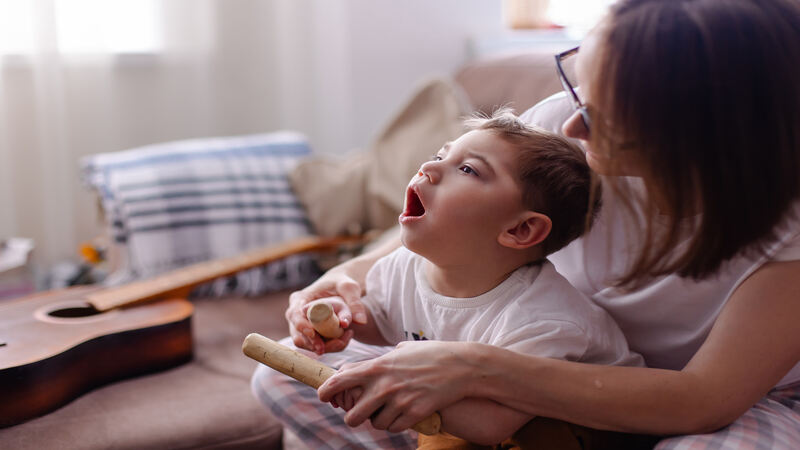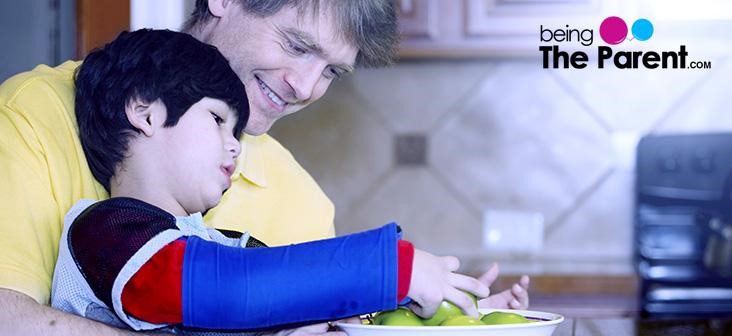
What is Cerebral Palsy?
Cerebral palsy, more commonly known as CP, is a congenital disorder that mainly affects the human body’s balance, movement and muscles. CP usually affects the area of the brain that controls an individual’s ability to move the muscles. CP occurs when that particular part of the brain hasn’t developed like it ideally should.
The diagnosis of this complex disorder isn’t so easy. If a baby shows slower motor development, or displays unusual body postures, then a doctor might suspect CP. However, the correct diagnosis requires a proper, full battery of examinations that are performed in early childhood.
Having said that, one must be watchful of certain signs and symptoms that might indicate this condition. Please note that all symptoms of CP aren’t visible when the baby is born. Symptoms appear as the child grows up.
Early Signs of Cerebral Palsy
Different forms or types of CP are diagnosed at different times. Some forms of this disorder can be diagnosed at just one month of age. But spastic CP may not be diagnosed till the baby is about six months old. Another type called the ataxic and dyskinetic CP may be diagnosed after a child is a year old or may be even after that. In case of cerebral palsy doctors do not give any confirmed diagnosis until the child is three to five years old. This is because the early muscle malformations or physical development issues might get resolved before the child turns six or seven. But parents should watch out for these early signs in their babies:
- Muscle pain, spasms or stiffness
- Low muscle tone
- Unable to hold up the head while the baby is lying on his/her stomach or in a sitting position
- Delayed development and the child usually using one side of his/her body
- Eating or swallowing difficulties
- Poor muscle control or reflexes resulting in shaky arms and legs
- Babies of less than 6 months showing unusual stiffness or cannot maintain a steady posture
- Children between 6 to 10 months who fail to roll by themselves or display limited mobility of hands and arms might be at risk of this disorder
- If the baby’s legs get stiff or cross like a scissor when he/she is picked up
- If the infant is mostly irritable and shows difficulty in feeding or sleeping
- The baby displays poor visual attention
Signs in Toddlers and Older Children
The brain of toddlers suffering from cerebral palsy is basically damaged or hasn’t developed to the level it should have. Depending on the severity level of cerebral palsy, the child may show various symptoms like delayed physical development etc. For example:
- Child not starting to walk between 1 years to 18 months
- Child not even speaking short sentences by 2 years
Keep a close watch and see if your child hasn’t reached these milestones or shows some delay in development, then speak to your baby’s paediatrician as soon as possible. Do not delay visiting a doctor if you have any doubts in your mind.
Why is it good to diagnose Cerebral Palsy early?
The earlier you come to know that your child has cerebral palsy, the earlier you can start the correct treatment or required therapies. Early diagnosis and therapy can help reduce the issues a child has to face and eventually decrease his or her handicaps. There are many early treatments, therapies and rehabilitative programs that could help the baby reach his/her physical, cognitive, or emotional development much easily.
How to treat CP

Cerebral palsy can’t be cured completely; however, the treatment does improve your baby’s capabilities and growth. There is no one therapy that can work in every case of CP. After the diagnosis is done and the doctors find out which type of CP is it, then an individual plan is worked out to suit specific needs and impairments. Depending on the type and severity, the medical professionals may suggest one of these treatments or a combination of physical therapy, occupational therapy, recreation therapy, speech and language therapy or treatments for problems with eating and drooling.

